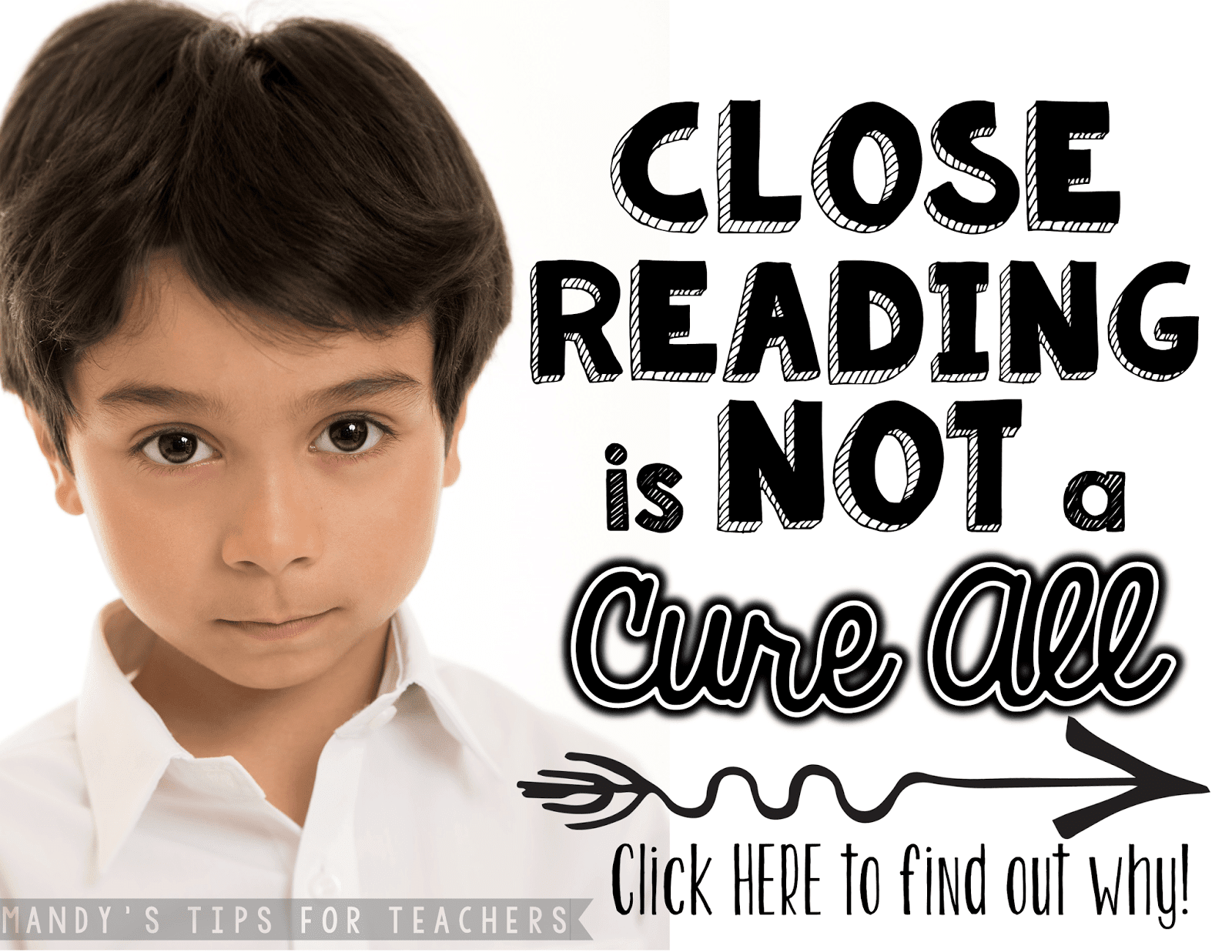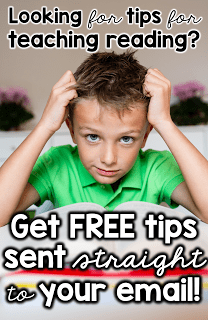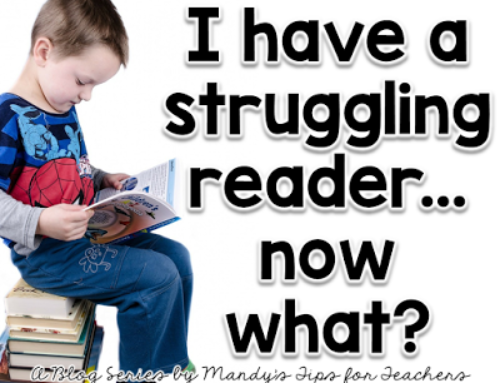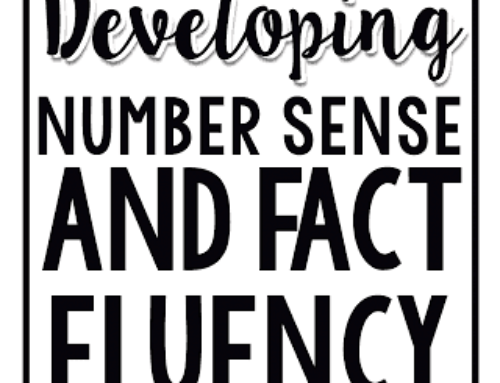This is the third part in a blog series. You can read the other posts here…
We last read about some of the debate about activating and preview the text prior to reading. We are going to delve a little bit deeper into the criticisms of close reading. That is right, not everybody loves it.
I was shocked when I discovered a policy brief from the Literacy Research Panel of the International Reading Association that has some pretty critical points. Knock me over with a wet noodle. I just assumed that the IRA would love this close reading stuff. Right? It’s reading? What is not to love?
This was something I was wondering. If the text needs to be a “worthwhile text” of discovering and uncovering…how can our beginning readers decode it? As much as I LOVE Henry and Mudge, I don’t think it would be appropriate for a close read. At what point do we look at interactive reading verses close reading? I don’t have the answers, but I do wonder about the primary grades. Anyone have any answers or opinions?
I thought this quote as fascinating – especially after reading all the debate about prior knowledge. It supported my personal opinion that background knowledge is vital in scaffolding the reader.
I am liking this point too. It kind of reminds me of the saying “Don’t throw the baby out with the bathwater.” Close reading can be powerful, if done well. However, it shouldn’t nudge out the other things we KNOW to be best practice for our readers.
Text based evidence is all the rage right now. And I am okay with that. I even have a product DESIGNED to help students with finding evidence in the text. However, I do think there is more to reading than just the “right there questions.” Looking at the QAR strategy, we also need to consider the other types of questions- think and search, author and me, and on my own. Evidence can STILL be found in the text to back up these observations. I just worry about OVER- relying on the “right there questions.”
Wow. And there it is. The final smack down. When I read this, I think of cardboard cutout programs, with step by step directions in “how to” teach something. One correct answer, one correct interpretation of the text. By over relying on this theory we may actually defeat the purpose of creating critical readers and thinkers.
I loved, loved, loved Amanda Nickerson’s blog post about this very subject. She wrote so many points that I agreed with, it was all I could do to keep from fist-pumpin’ “YEAH!”
I LOVE this quote by Timothy Shanahan. According to a brief bio “He is past president of the International Reading Association. In 2006, he received a presidential appointment to serve on the Advisory Board of the National Institute for Literacy. He was inducted to the Reading Hall of Fame in 2007. He is a former first-grade teacher.” So yeah, I think he might be pretty smart. He said on his blog
Love this. What a thought- close reading as an OUTCOME. Isn’t that what we want from all our students?
In the next blog posts we will focus on what Close Reading can look like if you are looking for a model. I know that is what people want to see ;).
So after reading all the research, here are a few points…
Do you feel like you need more help with reading instruction?
Sign up to have specific tips and strategies send straight to your email for FREE! You can sign up here! Please note, this is an additional, BRAND NEW newsletter that is separate from my blog newsletter. If you want to get these tips, you have to sign up here!
Mandy Gregory is a 2007 and 2012 Teacher of the Year. She has taught Kindergarten- 4th grades in both the general education and inclusion settings. She is currently a 1st grade Special Education teacher. She is the owner and creator of Mandy’s Tips for Teachers website (www.mandystipsforteachers.com) and has over 13 years of teaching experience. She is married with two beautiful children.


















Thank you for these posts! I am learning so much. I just had PD on Friday with the other first grade teachers in the district around close reading. Something that came up was what you mentioned – text complexity for beginning readers. Our facilitator made a point that at the younger grades close reading is usually a whole group activity with a read-aloud since guided reading books for beginning readers aren't complex enough. It's not necessarily a 'mastery' or 'independent' skill at this grade level.
This is an AWESOME post!!! Thank you so much! 🙂
YES! One of my pet peeves is when we swing our pendulum so far in one direction that we knock over everything good that we know! I just posted about close reading too…and wanted to stress that close reading is something that should be a small part of reading instruction–and even that small part can be done without 'killing" the joy of reading and discovering! Creating a balanced literacy program needs to center on the children…what they need, what we know to be true from research…but most importantly, should center on developing REAL readers!
I just finished reading through all 3 parts of your 'investigation' and I am loving how you have looked at both sides of the coin here. I think as teachers we all need to remember that we need to have variety in our teaching to reach all of the learners before us. As you mentioned there is no cardboard cutout way of teaching reading and I can see that there is a place for close reading in the classroom as a PART of the reading program.
Thanks for such informative posts, looking forward to more 🙂
Tania
Mrs Poultney's Ponderings
I really enjoyed the information you shared in this post. Thanks
Thank you for such well researched and written posts. As a primary teacher, I have been concerned about the move to Close reading for many of the reasons you have outlined here. Although in my district, we have not begun this yet at 2nd grade, it does remind me of our Interactive Reading component! I'm one of your newest followers, and as an aside, I teach in Georgia, too! I've just (finally) started a little blog: http://applelightmoments.blogspot.com/
Thank you so much for taking the time to create such a resourceful post. I have been on the fence about Close Reading and haven't done much with it because I thought it was another buzz word. I truly hope that more teachers read this and understand the importance of balanced literacy approach! teachershavinablast.blogspot.com